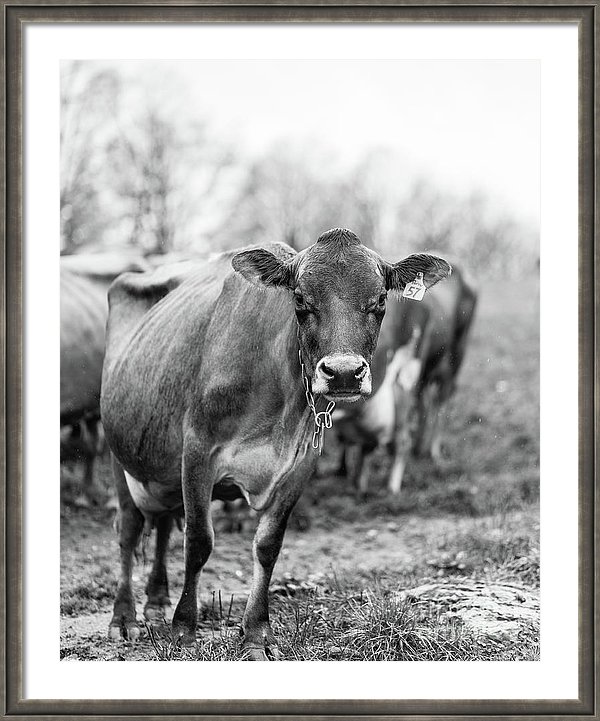Milk – an everyday staple of life. From a glass of milk with cookies to pouring it over a bowl of Cheerios, milk is a product that impacts our daily lives now more than ever with so many choices. But it wasn’t that long ago that milk was responsible for 30- to 60-fold higher infant mortality rates than the current rates – thank you, scientists!
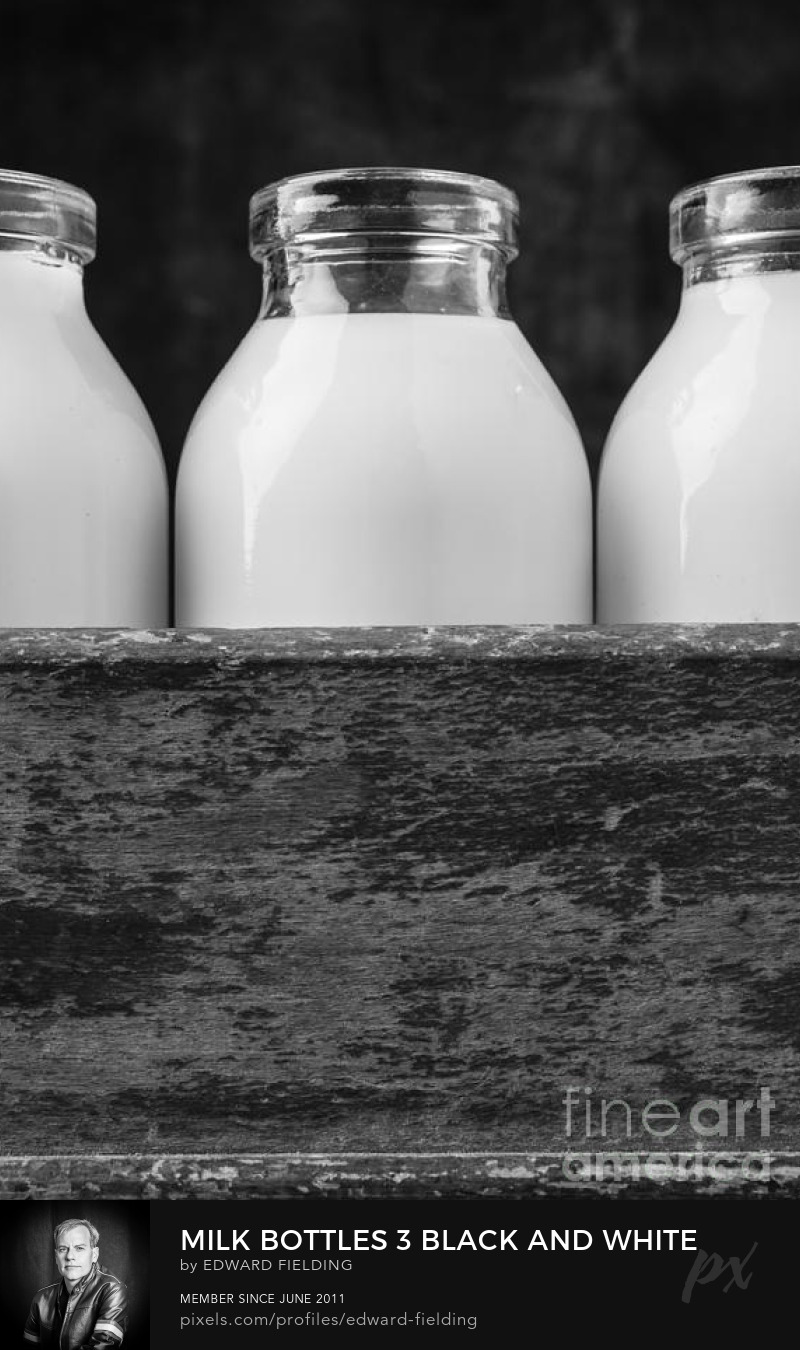
Our first introduction to milk comes from our mother’s of course and then we typically move on to cow’s milk but these days there are so many other forms of non-animal based “milks” including:
- Soy Milk – Soy milk is made with either soybeans or soy protein isolate, and often contains thickeners and vegetable oils to improve taste and consistency
- Almond Milk – Almond milk is made with either whole almonds or almond butter and water.
- Coconut Milk – Coconut milk is made from water and the white flesh of brown coconuts.
- Oat Milk – Oat milk is made from a mixture of oats and water. Nevertheless, manufacturers often add extra ingredients such as gums, oils and salt to produce a desirable taste and texture.
- Rice Milk – Rice milk is made from milled white or brown rice and water. As with other non-dairy kinds of milk, it often contains thickeners to improve texture and taste.
- Cashew Milk – Cashew milk is made from a mixture of cashew nuts or cashew butter and water.
- Macadamia Milk -Macadamia milk is made mostly of water and about 3% macadamia nuts. It’s fairly new to the market, and most brands are made in Australia using Australian macadamias.
- Hemp Milk – Hemp milk is made from the seeds of the hemp plant, Cannabis sativa. This is the same species used to make the drug cannabis, also known as marijuana.
- Quinoa Milk – Quinoa milk is made from water and quinoa, an edible seed that is commonly prepared and consumed as a grain.
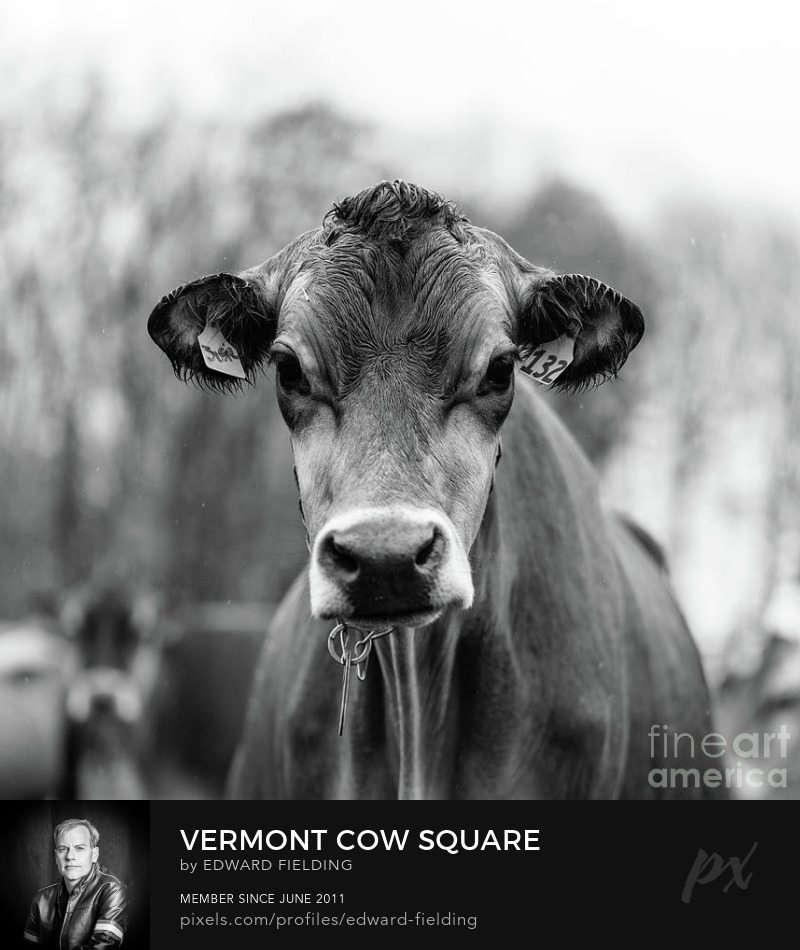
Raw Milk vs. Pasteurization
Raw milk has become a trend these days with proponents touting its flavor and fans hanging around local dairies to pick up the short supply. But it wasn’t that long ago that unpasterized milk was responsible for thousands of deaths each year. Even today we see several deaths per year due to milk borne pathogens.
Milk is an excellent medium for microbial growth, and when it is stored at ambient temperature bacteria and other pathogens soon proliferate.The US Centers for Disease Control (CDC) says improperly handled raw milk is responsible for nearly three times more hospitalizations than any other food-borne disease source, making it one of the world’s most dangerous food products.
It’s not that the milk straight from the cow is bad, it’s that the milk makes such a great home for pathogens to live in. Under strict cleanliness conditions, raw milk is fine most of the time but farms are dirty places and pathogens can find their way into raw milk. The CDC warns against raw milk and concludes that pasteurized milk is:
- Just as nutritious as raw milk
- Only organic milk that has been pasteurized is safe to drink. Raw milk is a risk even if it is “organic”
- Even healthy animals can carry illness-causing germs, such as Brucella, Campylobacter, Cryptosporidium, E. coli, Listeria, and Salmonella, that can contaminate milk. Pasteurization eliminates these deadly pathogens.
- Testing of raw milk can only catch so much – Even dairy farms with very good safety practices can contain illness-causing germs. And even if tests on a batch of a farm’s raw milk come back negative, it is no guarantee that the next batch of milk will be free of harmful germs.
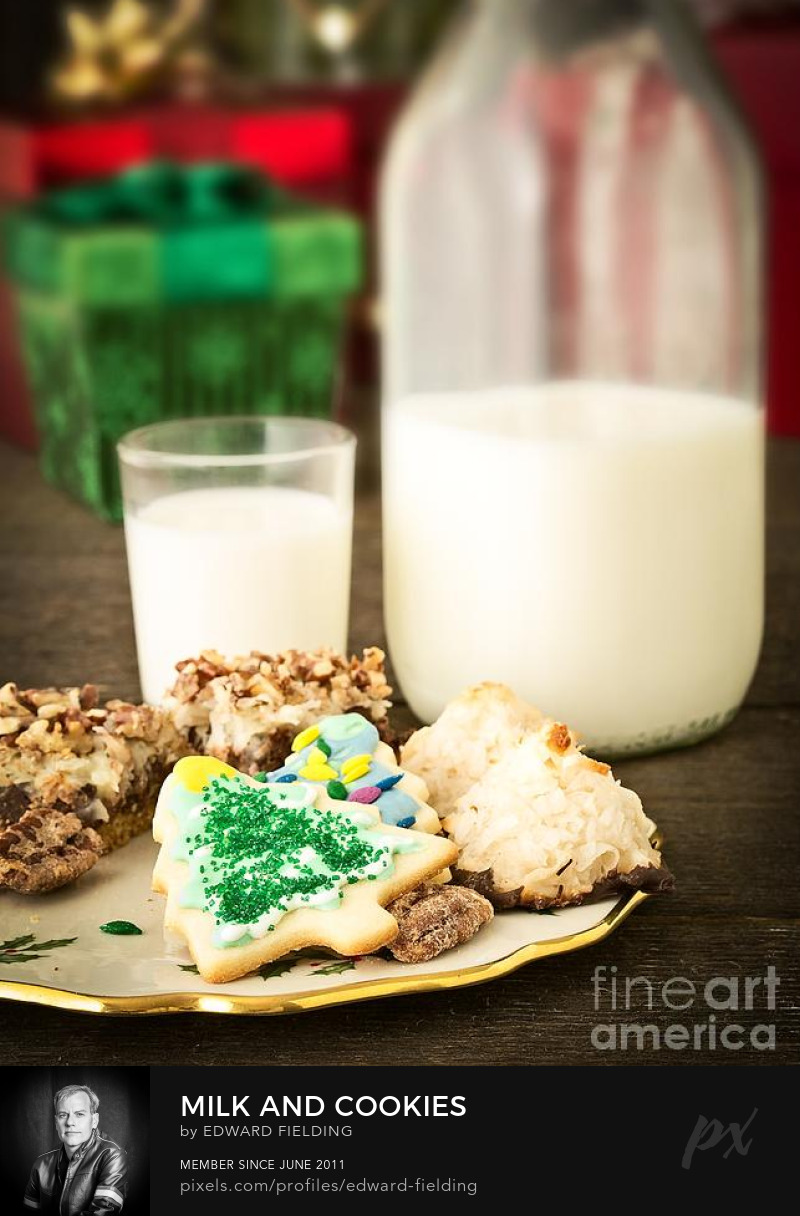
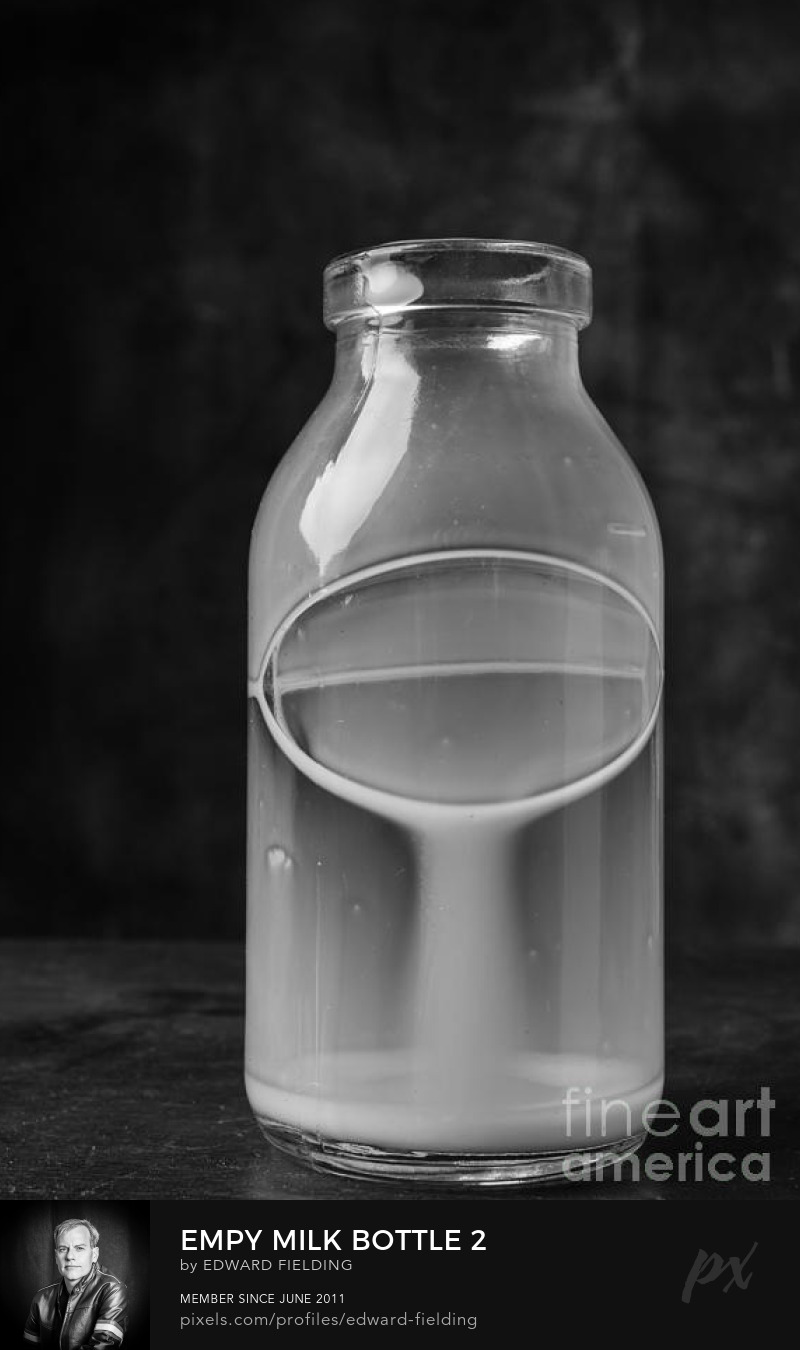
Strange Cargo: Shipping Pregnant Cows
Remote Eastport, Maine has become a shipping port for a seemingly exotic cargo – pregnant cows bound for Turkey.
The cows are shipped to Maine from breeding farms in Pennsylvania, Vermont, Ohio and Michigan. They board a Danish freighter and will arrive in Turkey in about two weeks.
Each container has windows along both sides and fans at both ends to maintain consistent temperatures.
But why?
Because Turkey’s dairy cows are suffering.
There are a lot of birth defects and problems with milk quality due to inbreeding. American stock is of very high quality and these cows will help thicken the bloodlines and make them stronger.
